Extending Roof Coating Life, Protecting Facilities
Effective specification, application and maintenance helps coatings deliver long-term performance
Roofs are the ultimate out-of-sight out-of-mind components of institutional and commercial facilities. For this reason, building occupants and visitors rarely if ever think about them — until a leak occurs, of course. Maintenance and engineering do not have the luxury of ignoring roofs or of waiting until something goes wrong.
As a result, many managers have embraced the use of roof coatings, which offer a proven method for protecting roofs and for delaying the inevitable investment in a new roof. By understanding the latest generation of roof coatings, managers will have more success matching coatings products to existing roofs and, more importantly, ensuring effective application and long-term performance.
Coatings update
Several different types of roof coatings make up the latest generation of products that are designed to protect roofs. These products include copolymer epoxy based, silicone, water-based elastomeric, butyl elastomeric, water-based acrylic elastomeric, water-based silicone acrylic, and ethylene propylene diene monomer (EPDM) liquid rubber.
All of these coatings seal roofs over dips and humps seamlessly, reduce tear-offs and overlays, extend roof life, and minimize roofing costs by keeping systems waterproof longer. These coatings are effective against fire, water penetration, ultraviolet (UV) radiation, and extend roofing life otherwise shortened by degrading effects of ponding.
To specify new-generation roof coatings effectively, managers need to understand key coating ingredients and their role in overall performance. For example, acrylic polymer resins are the main ingredients in acrylic elastomer coatings. These basic ingredients impart the characteristics that are most important — adhesion, flexibility, impact resistance, strength, toughness, and resistance to water penetration. Additional ingredients that make up this type of coating include:
Prime pigments are titanium dioxide (TiO2), zinc oxide (ZnO), and flame retardants. Titanium dioxide protects the membrane by blocking UV rays from reaching it, and its white color reflects heat energy and reduces cooling costs.
ZnO, while containing many of the same properties as TiO2, also inhibits mildew and algae growth while improving bonding. Another prime pigment is flame retardant, which limits smoke and flame growth.
Extender pigments, such as barium sulfate, calcium carbonate, and fillers, improve abrasion resistance and color retention.
Dispersants improve settling and particle separation and prevent clumps from forming.
Surfactants act as wetting agents and defoamers.
All of these prime and extender pigments, along with dispersants and surfactants, work in combination to improve functionality, as well as to extend the useful life with little degradation of properties.
The outside story
Matching roof coatings to existing roof surfaces begins with assessing the exterior environment in which the coating will be applied. Coatings must deliver protection against such elements as dew, smog, rain, hail, ice, sleet, winds, hurricanes, tornadoes, heat, cold and UV radiation.
Beyond that, weather patterns vary from hot and dry to cold and wet, and there are more than 1,100 wind zones in the United States.
Managers need to consider weather conditions, along with the roof’s repair history, in order to get the optimum results from a roof coating application. In addition to these challenges, older roofs develop valleys and humps, which add stress to the roof and to coatings by stretching them. These valleys pool water, which leads to the ponding effect. The sun also impacts humps more than flat areas because their surfaces present a different angle that absorbs more of the sun’s UV rays.
Still more impact comes from defects such as wear and tear, cracks, flashing separation, alligatoring, bubbles, and punctures from traffic or moving equipment such as air conditioners, on the roof.
Comments
Source: Commercial Roofing




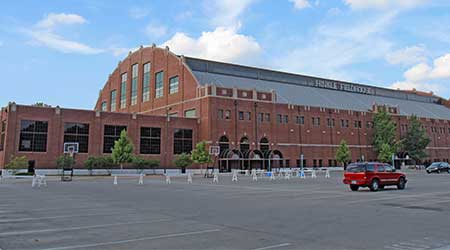

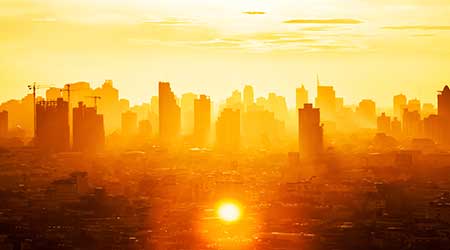
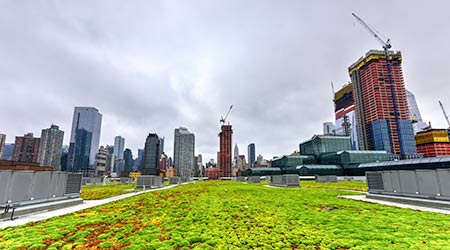
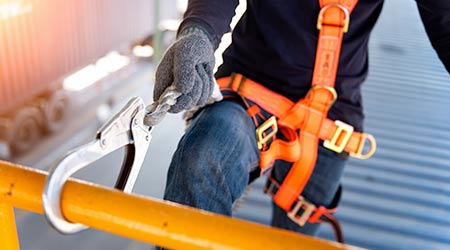


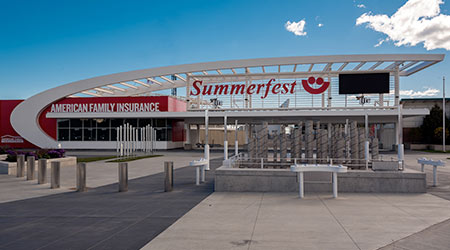
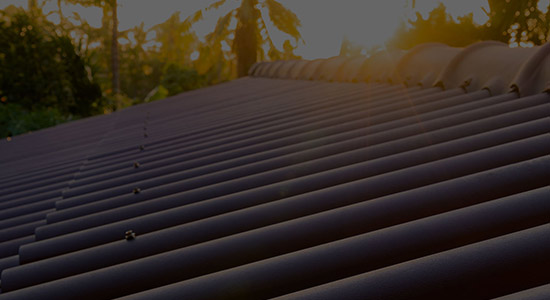


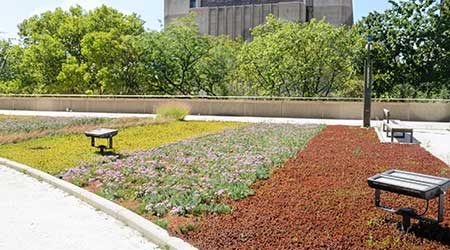
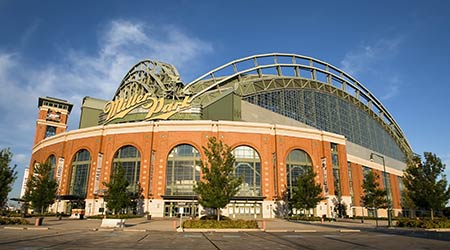
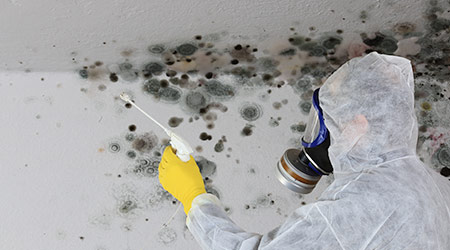


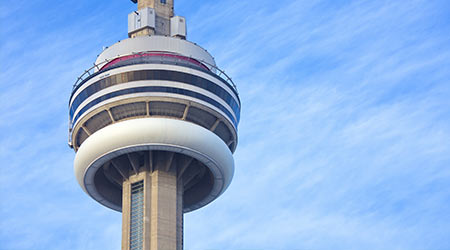
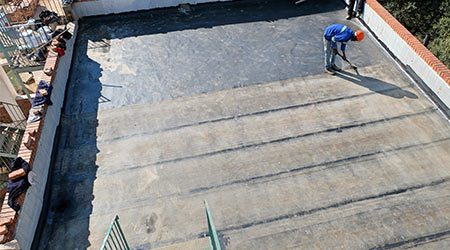
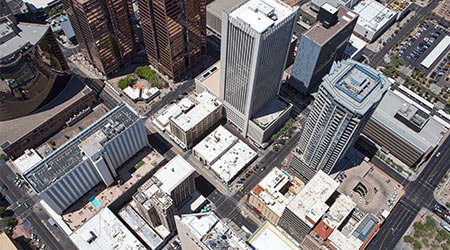
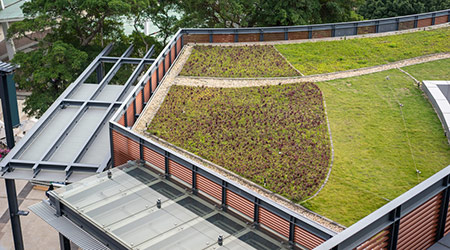
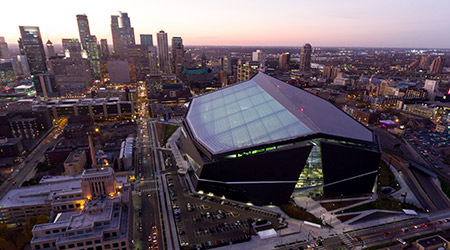
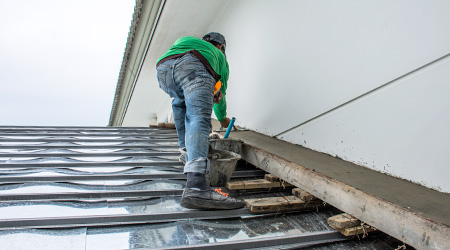
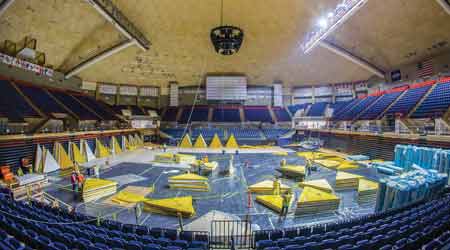
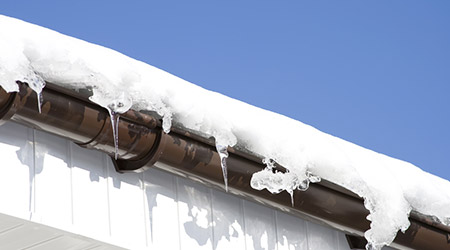
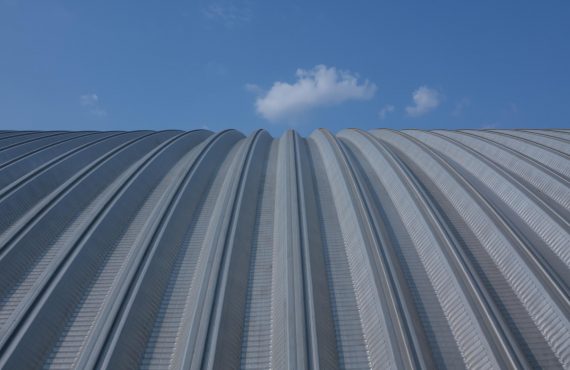
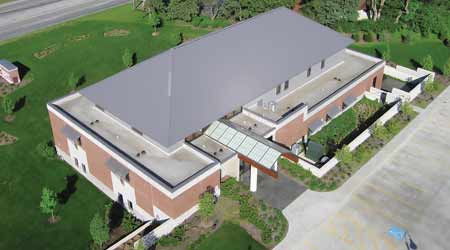

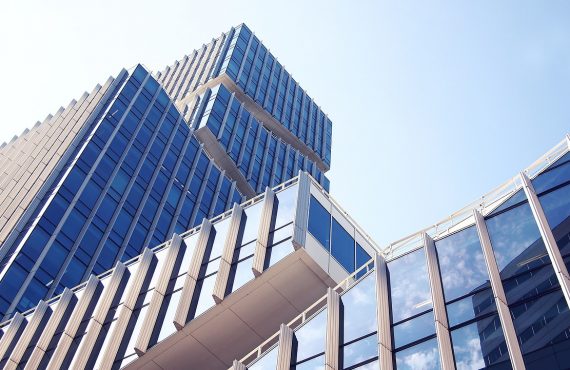
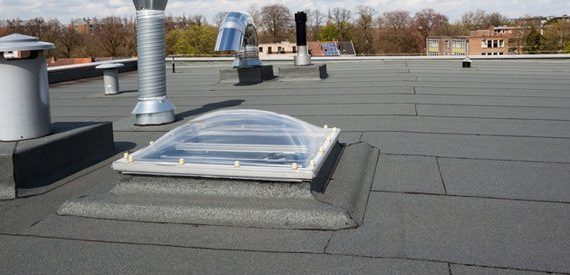
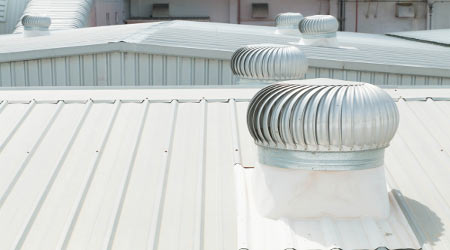
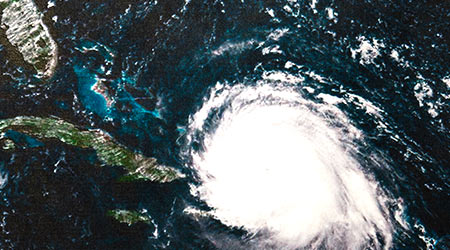
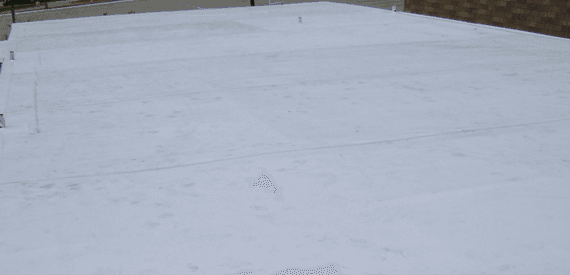


No comments yet.